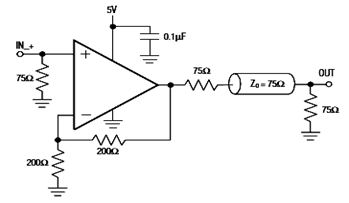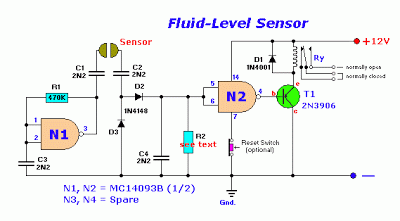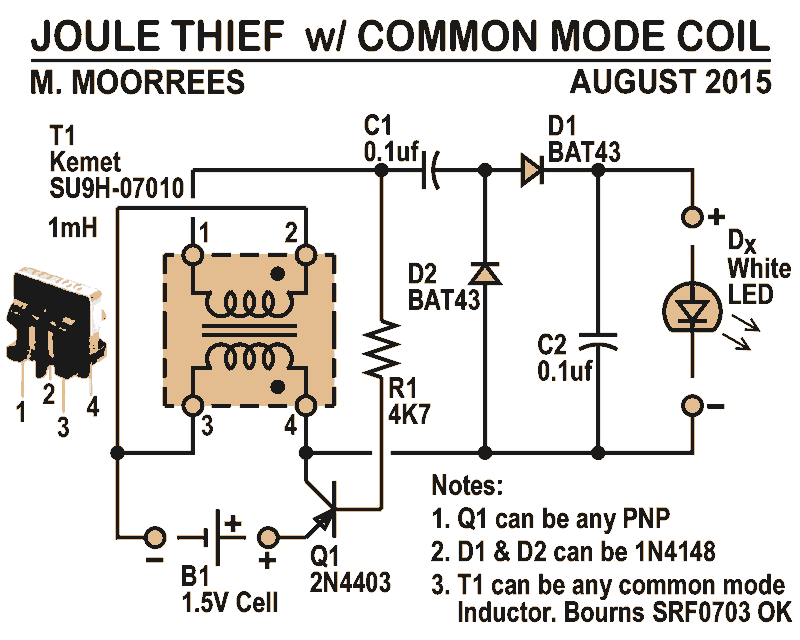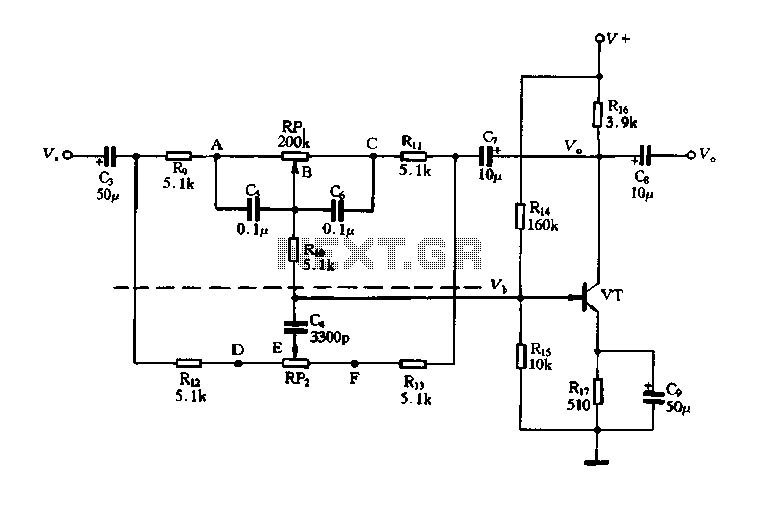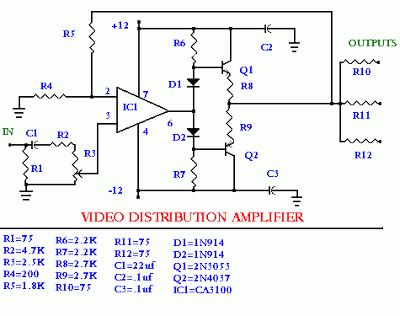
Simple fourth gear dimmer switch circuit
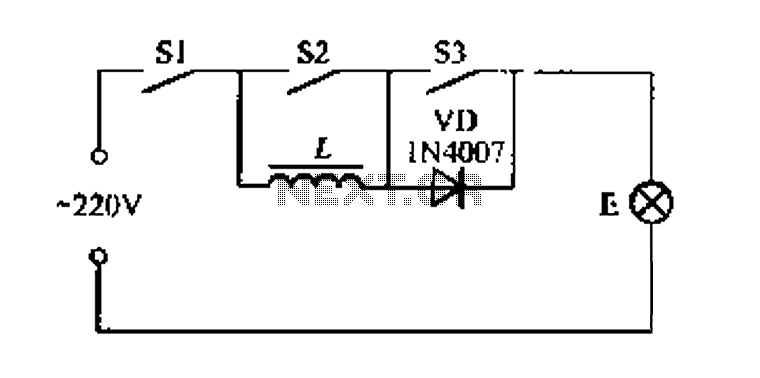
A portable four dimmer switch circuit is illustrated in Figure 8, featuring a four-speed brightness adjustment. When switches S1, S2, and S3 are all closed, the lamp operates at its brightest setting. When S1 and S2 are closed while S3 is open, the lamp is in a bright state. With S1 and S2 closed and S3 open, the lamp is in a clearer state. When S1, S2, and S3 are all open, the lamp is at its dimmest setting. If S1 is open, the lamp is turned off. The circuit uses a 20W electric ballast, and the total power should not exceed 60W.
The described circuit utilizes a four-way dimmer switch configuration to control the brightness of a lamp through multiple switch combinations. Each switch (S1, S2, and S3) plays a crucial role in determining the operational state of the lamp. The design allows for various brightness levels, providing flexibility in lighting control based on user preference or ambient conditions.
In its brightest state, all switches are closed, allowing maximum current flow to the lamp. This configuration is ideal for situations requiring full illumination. When switches S1 and S2 are engaged while S3 is disengaged, the lamp achieves a bright state, suitable for general lighting. The intermediate state, where S1 and S2 are closed and S3 is open, offers a clearer light output, which may be preferred for tasks requiring more focused lighting.
The dimmest setting is achieved when all switches are open, effectively turning off the lamp. This feature is particularly useful for conserving energy or when light is not needed. The circuit is designed to operate safely with a 20W electric ballast, ensuring that the lamp functions efficiently without exceeding a total power consumption of 60W. This design consideration is critical for preventing overheating and ensuring the longevity of the components.
Overall, this four dimmer switch circuit provides a versatile and efficient solution for managing lighting in various environments, making it a practical choice for both residential and commercial applications.Easy to take along four dimmer switch circuit shown in Figure 8, which has a 4-speed brightness of combination: When the switch Sl, S2 and S3 compete portion is closed, the lam p E brightest; when Sl, Pa l two together, s2 open lamp E in bright state; when SI, S2 closed, S3 open, light E in a more clear state; stage when Sl, S2, S3 buckle open, light E is the darkest; if S1 is open, light E off. L used 20 - Electric -10W R light ballast sense, E power should not exceed 60W.
The described circuit utilizes a four-way dimmer switch configuration to control the brightness of a lamp through multiple switch combinations. Each switch (S1, S2, and S3) plays a crucial role in determining the operational state of the lamp. The design allows for various brightness levels, providing flexibility in lighting control based on user preference or ambient conditions.
In its brightest state, all switches are closed, allowing maximum current flow to the lamp. This configuration is ideal for situations requiring full illumination. When switches S1 and S2 are engaged while S3 is disengaged, the lamp achieves a bright state, suitable for general lighting. The intermediate state, where S1 and S2 are closed and S3 is open, offers a clearer light output, which may be preferred for tasks requiring more focused lighting.
The dimmest setting is achieved when all switches are open, effectively turning off the lamp. This feature is particularly useful for conserving energy or when light is not needed. The circuit is designed to operate safely with a 20W electric ballast, ensuring that the lamp functions efficiently without exceeding a total power consumption of 60W. This design consideration is critical for preventing overheating and ensuring the longevity of the components.
Overall, this four dimmer switch circuit provides a versatile and efficient solution for managing lighting in various environments, making it a practical choice for both residential and commercial applications.Easy to take along four dimmer switch circuit shown in Figure 8, which has a 4-speed brightness of combination: When the switch Sl, S2 and S3 compete portion is closed, the lam p E brightest; when Sl, Pa l two together, s2 open lamp E in bright state; when SI, S2 closed, S3 open, light E in a more clear state; stage when Sl, S2, S3 buckle open, light E is the darkest; if S1 is open, light E off. L used 20 - Electric -10W R light ballast sense, E power should not exceed 60W.
